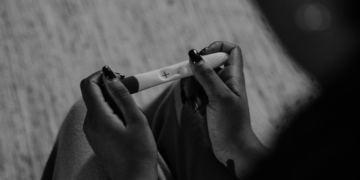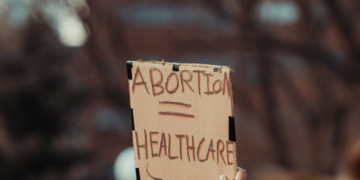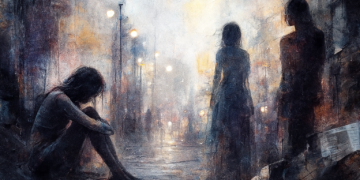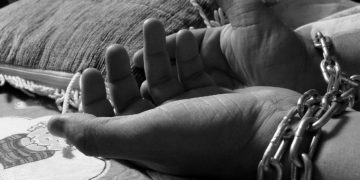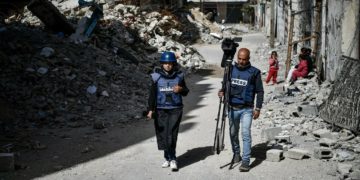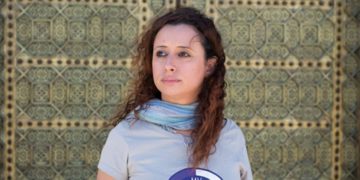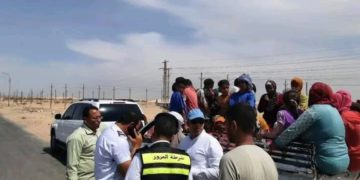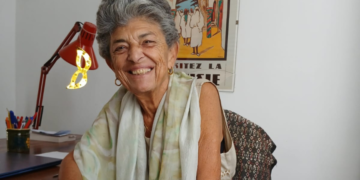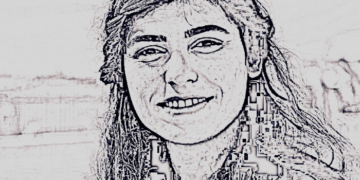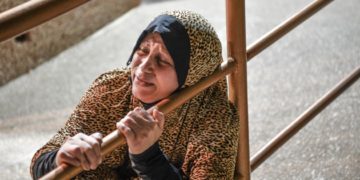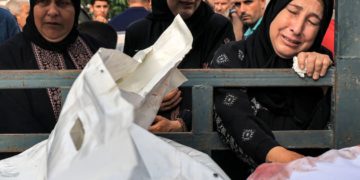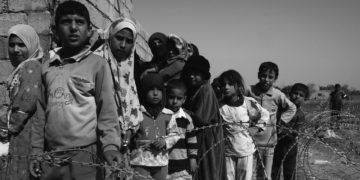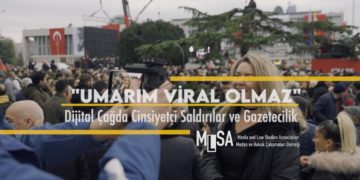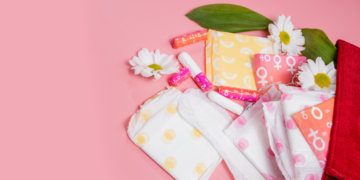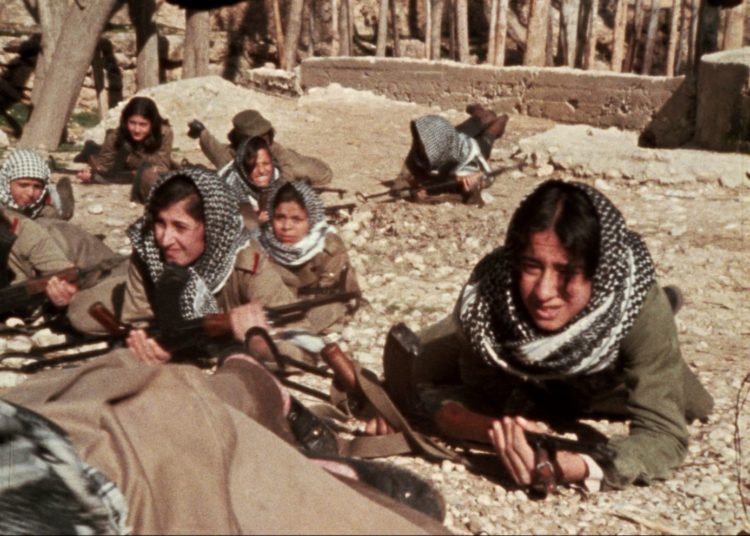This post is also available in: Français (French) العربية (Arabic)
We wanted to inaugurate this new dossier that Medfeminiswiya is publishing today on “Women living from and on the streets” with an article on Palestine.
As for the thousands of women displaced in the Palestinian enclave, living in a tent is equivalent to living on the street. They wash themselves outside. They watch their children, now out of school, play in the shade of Himalayas of rubble. They even give birth in the midst of rubble. This article, based on the testimony of journalist Rola Abou Hashem, aims to reconstruct the daily lives of Palestinian women who, despite themselves, suffer the often-disastrous fate of a nomadic life.
With the new war front Israel has opened up in neighboring Lebanon, this country is also living under the same infernal rhythm of bombardment since September 23. The same scenes of entire families expelled from their homes, terrorized by the sound of death, bags on their backs or all crammed into a car, moving in search of safety. Faced with the powerlessness—if not the complicity—of major powers.
The Mediterranean basin is vast. Its scenes of everyday life, with women busy in the streets, are numerous. Despite the rights and freedoms that women have won in recent decades through feminist struggle, public space in many towns and villages on both shores of the Mediterranean is still a territory dominated by the masculine plural. The street is still hostile to women, especially when they find themselves in situations of economic and social fragility. When they are unhoused, as in Algeria, or sex workers, as in Rome, tattoo artists and street vendors of limited scope, as with the women who roam the streets of Tunis, Cairo, or Damascus… each survives in her own way, according to her own means.
The street is still hostile to women, especially when they find themselves in situations of economic and social fragility.
But despite all the dangers and obstacle courses faced by women living from and on the streets, their resistance and resilience only multiplies whenever they encounter the risks that come with being in a public space, like sexual harassment, punitive police campaigns, and impossible living and working conditions. Many of them, overwhelmed by family responsibilities, demonstrate their ability to mobilize local spatial resources to organize their daily lives and generate livelihoods.
In contrast to these contexts dominated by misery, constraint, and vulnerability, women in Tunisia have chosen to make the city their own, using it as a field for experimentation and artistic expression through performance, dance, and street theater. A way of bringing art and culture within the reach of carefree passersby.
The seven investigations, reports, and portraits in this dossier of “Women living from and on the streets” are a continuation of the exploration of the topic of women’s marginality previously addressed by Medfeminiswiya and are carried out in the field with a deeply human touch.
